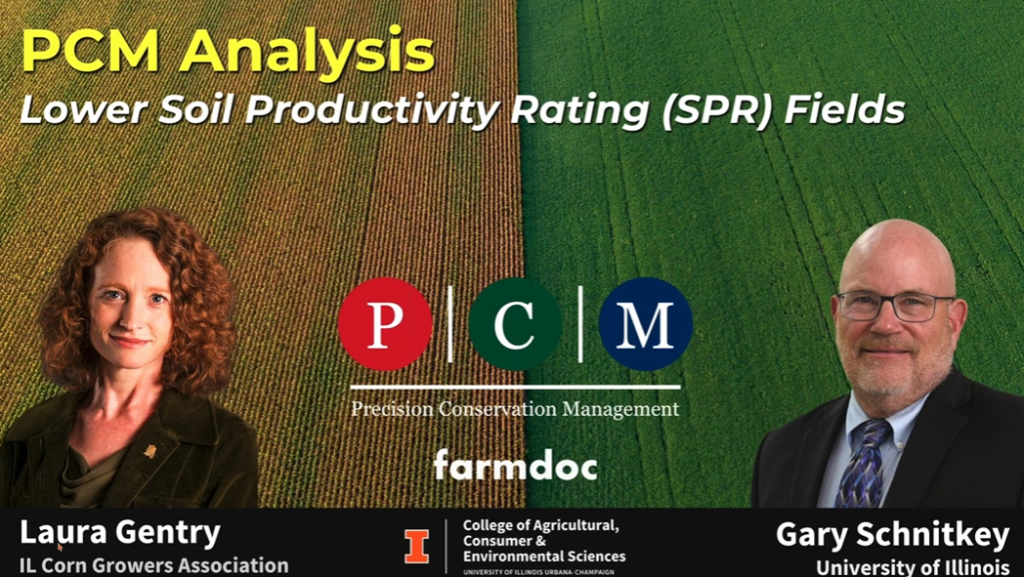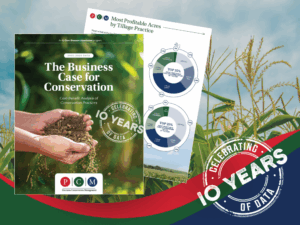Most Profitable In-Field Practices for Lower Soil Productivity Fields

In our Low-SPR Publication and the below farmdoc webinar, we summarize financial and environmental outcomes for the lower-productivity soils of Illinois for the three different practice standards: tillage, cover crops, and nitrogen management. We also assess which practices are being used among the most profitable corn and soybean fields in PCM. We encourage farmers to look at profitability, not just yield; this can be an important mindset shift for the future of your operation! Profitability trends for these practices can change from year to year but, overall, certain profitability trends remain surprisingly consistent.
PCM assigns soil productivity ratings (SPR) according to University of Illinois Extension Bulletin 810, and we assign fields with area-weighted SPR scores less than 135 as “low productivity” and those with scores equal to or greater than 135 as “high productivity.”
Corn Tillage
Looking at all 4,700 low-SPR corn fields in the PCM dataset, we see that profitability was greatest for the fields that received two tillage passes with lighter, lower-disturbance tillage equipment. 1-Pass Light Tillage was the most represented tillage class at 28% of the most profitable low-SPR corn fields.
Soybean Tillage
Of the 4,500 low-SPR soybean fields in the PCM dataset, the most profitable tillage class was Strip Till; however, a bit of caution must be advised since this tillage class represented a very small number of fields in the PCM dataset. 60% of the most profitable low-SPR soybean fields were No Till (compared with 43% of high-SPR fields).
Nitrogen Rates
The most profitable nitrogen application rates were below 200 lb N/acre on low-SPR soils. If you are applying more than that rate, do yourself a favor and run (don’t walk) to your nearest PCM specialist and tell them you’d like to learn more about our nitrogen fertilizer reduction payments! You can save money TWO ways: save up to $20 per acre in nitrogen fertilizer costs AND receive a nitrogen reduction incentive payment from one of PCM’s partners in exchange for the carbon credits you are generating by reducing your nitrogen fertilizer rate.
Nitrogen Timing
As with the high-SPR soils, the largest corn yields come from those fields with nitrogen fertilizer applied in the fall. However, these systems also apply a greater total rate of N fertilizer, and the larger yields do not fully compensate for the additional costs of the fertilizer itself or the stabilizers that should be applied with fall nitrogen fertilizer. Profitability was slightly higher for fields with N applied as a 50/50 split of preplant and sideress. Applying nitrogen fertilizer in season like this is also a great way to address water quality issues and help prevent additional nutrient regulations for farmers in the future!
Cover Crops
Cover crops have yet to show an increase in profitability in our dataset, but there are long-term reasons to give this conservation practice a try. Cover crops are the most effective in-field practice for reducing nutrient losses from fields, thereby protecting water quality and reducing the likelihood of regulatory oversight of our nutrient management practices. PCM offers several different options for helping farmers to overcome financial strain associated with growing cover crops. Talk to your local PCM specialist to see if there’s a program that’s right for you!
Read the full Low-SPR Data Publication here.


